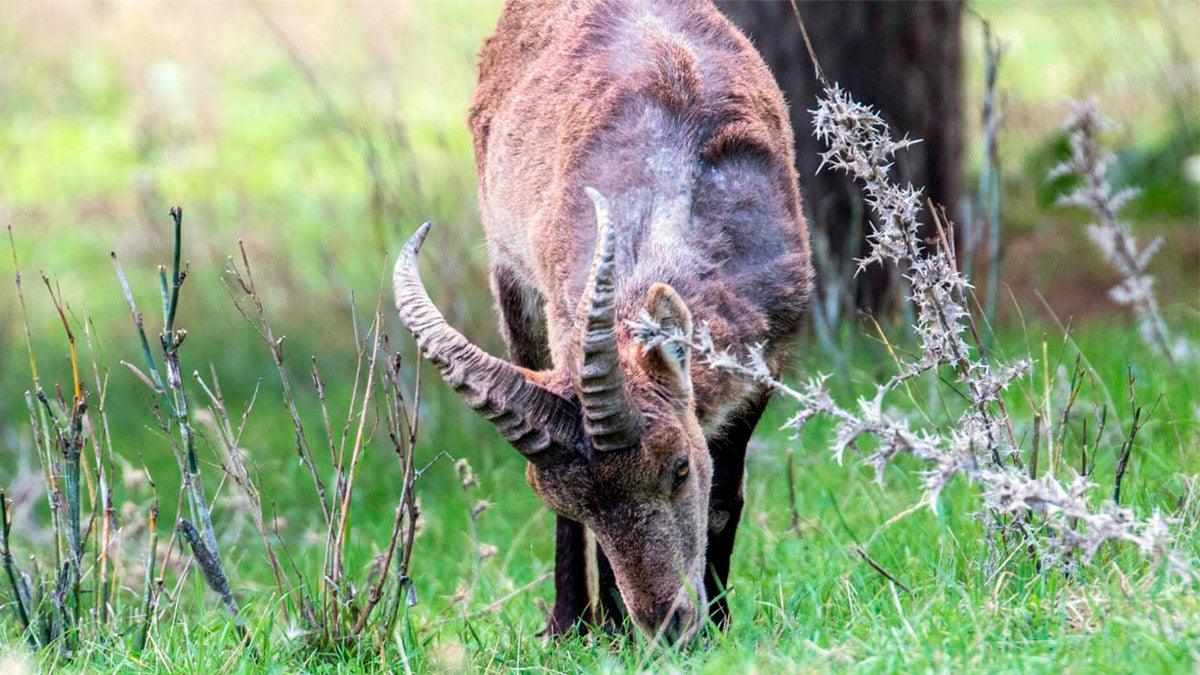What is scabies? A problem that concerns us all

The hunting sector is changing. Society often does not understand the work that hunters do for the rural environment, animal ecosystems and environmental balance.
For this reason, hunting enthusiasts have to defend our position and our convictions that justify the need for hunting in the present time.
We know that we no longer hunt for subsistence as we did years ago.
The big macro farms, where the animals suffer daily and produce products of low price and poor quality, have generated a "democratization of meat consumption" that makes us eat everything but quality meat.
For this reason, the arguments that we must defend are the defense of the hunting gastronomy, that unfortunately in Spain is not so established as in other countries, and the population control and of dangerous diseases for the environmental balance of nature.
Problems such as mange are much more relevant for all of us than we think.
What is mange?
Sarcoptic mange is a parasitic disease that affects wild mammals. It is caused by mites of the genus Sarcoptes which give the disease its name. This disease is characterized by intense itching, thickening of the skin and alopecia on the head, eyes and mouth that can lead to blindness, great weakness, weight loss and finally death.
The big problem is that these mites are very easily transmitted among different specimens, so the contagion in the same space is very fast and extremely dangerous. We must also consider that it is a zoonotic disease, which can be transmitted to humans.
Scabies wreaks havoc on the populations it affects, and proper hunting management is essential both before and after the onset of the disease. For example, the closest cases of chamois in Asturias or wild boars in the Sierra de Cazorla, show that this disease can reach up to 80-90% mortality.
Which animals are affected?
Scabies affects both domestic animals (goats, pigs, sheep and cows) and wildlife (ibex, chamois, chamois, deer, deer, wolf, fox).
They mainly affect those individuals who are very old and those who are weaker.
This weakness is usually caused by malnutrition, injury or accident. But mange does not only take advantage of the individual's weakness, but also occurs in situations where the group as a whole is weaker due to climatic factors such as heavy snowfalls, very low temperatures or periods of drought. High densities of animals and lack of food cause occasions of weakness.
How to control mange? A clear solution: hunting.
The application of treatments in wildlife is complex and has some limitations. It is not plausible to constantly vaccinate or treat wild animals.
The only real option to stop outbreaks is population control.
Humans are at the top of the natural food chain. We are still animals, although our condition as urbanites distances us from this mentality. It is our job to know how to manage the species below us in order to be able to manage the food and natural resources necessary for conservation.
Imagine that one day, the carnivorous mammals of the African savannah decide to stop hunting? What would be the consequences? Overpopulation of herbivores and lack of food, leading to a natural catastrophe.
Our species has decided that the food consumption of meat has shifted to livestock, but there is still a need for such population control to ensure the sustainable future of the countryside.
From Young Wild Hunters, we fight every day for the population stabilization of the species. The overcrowding in our forests due to COVID restrictions is wreaking havoc on species such as mountain goats and chamois.
In our series "Hunting beyond the trophy: Management of females" we deal with the problems generated by this and other diseases in our animal ecosystem. Because the best and most basic thing we have is our rural environment, and if we do not fight to preserve it, many species are doomed to mass extinction.
You can already see it on the Cazavisión platform. We also encourage you to follow us on social networks and our website to continue addressing this issue.